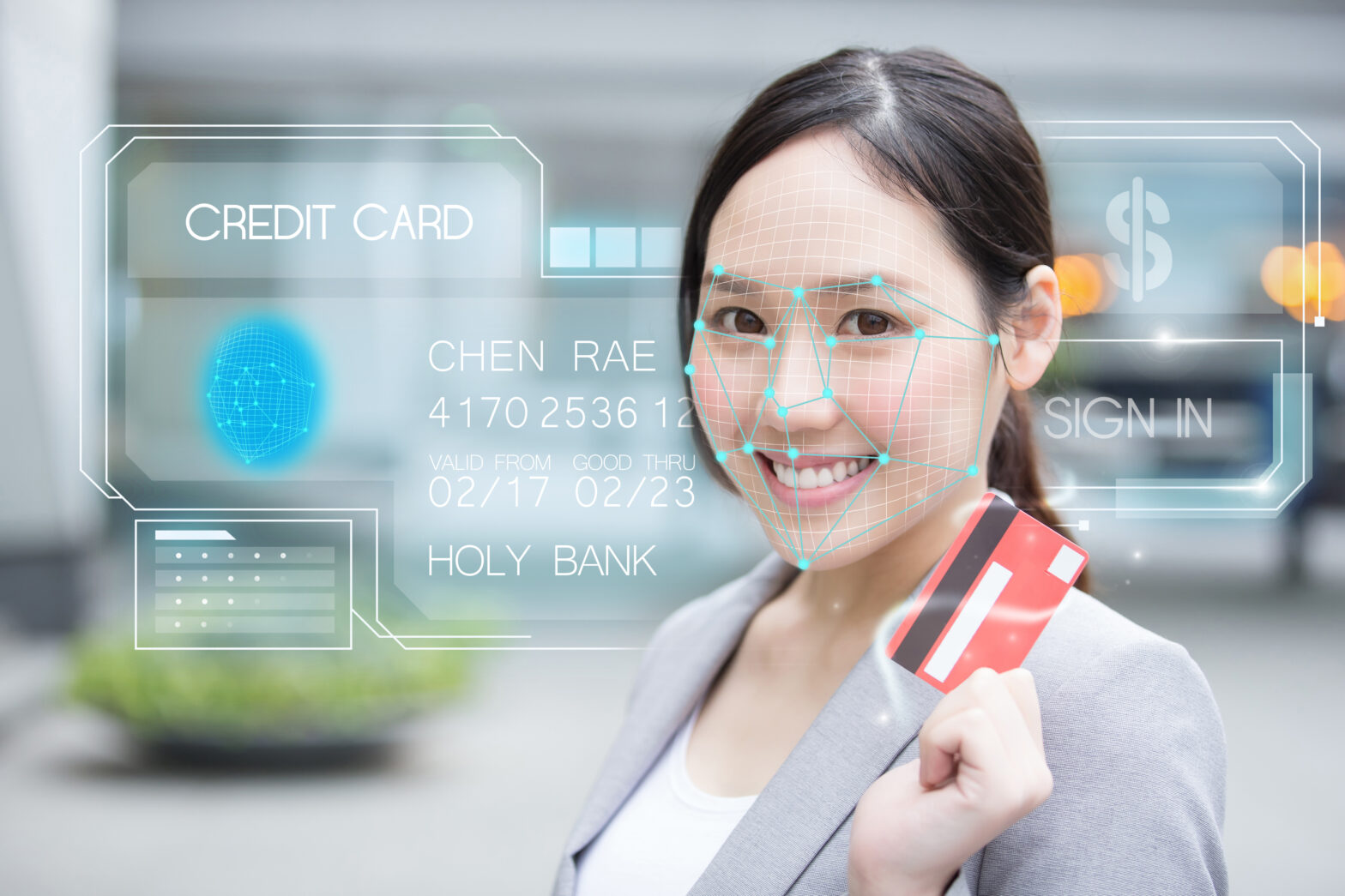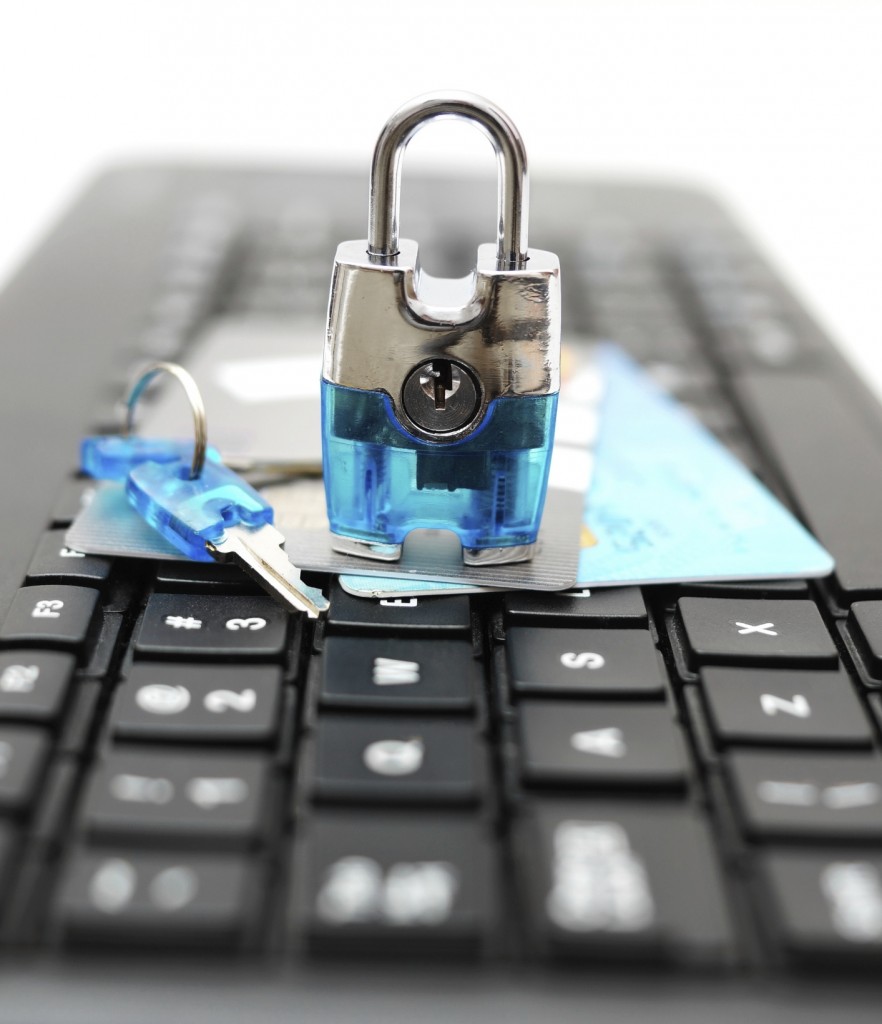The future of payments technology represents a huge opportunity for nimble startups to disrupt how we pay for things.
As we have witnessed, whether it’s a payment system such as PayPal, new online-only banks such as Monzo or cross-border currency transfer like Wise, payment has long been a space for disruptors to test the waters and penetrate the market.
And payments have become a $250 trillion market.
It’s the technology that creates the future of payments, not the other way around. Who could have foreseen a decade ago that the invention of the iPhone 5S with its biometric scanning would completely change the way we pay for things? Today, no-one looks twice when you press your smartphone against a POS terminal.
Says Tony Craddock of The Payments Association, “it was the enabling technology of the iPhone that allowed this to happen”.
The rise of cashless
Of course, these opportunities for fintechs would not exist if payments still relied on cash and cheques. The pandemic accelerated the demise of cash.
Global cashless payment volumes will reach almost 1.3 trillion this year, according to Capgemini’s World Payments Report, with non-cash transaction volume growth accelerating at a 15 per cent CAGR to reach 2.3 trillion in 2027.
The disruption of the traditional payments ecosystem has been rapid and had a huge impact. Fintechs have seized the opportunity to leverage their technological capabilities to expand into payments.
‘IT leaders have the capacity to understand how payments technology will create all sorts of new products and services that we can’t envisage right now’
Tony Craddock, founder of The Payments Association
And business customers are not averse to using these disruptor brands: according to Capgemini, 89 per cent of SMEs are reconsidering relationships with banks across various product categories, including payments.
An S&P Global survey of international merchants with annual sales of $500m and with more than half of their sales coming from online, ranked “quality of tech platform” as the number one attribute when selecting a payment processing partner.
Therefore, traditional card networks and card processors have embraced cloud and artificial intelligence technologies to avoid being overtaken by a new generation of cloud-based solutions. Eight out of ten financial services organisations expect to have outsourced cloud and platform infrastructure by 2025.
Rise of the paytechs
In the Venn diagram of this disruption, a whole new subset of fintechs has appeared: paytechs. Paytechs account for a quarter of all fintechs and focus on the payments value chain, as well as payments facilitators, payments providers and payments technology suppliers.
As the digital economy grows and customer appetite for seamless payments increases, paytechs offer integrated solutions for both consumers and businesses to meet demand. The paytech sector is already valued at over $2.17 trillion, facilitating services such as Buy Now, Pay Later and social commerce.
Current state of payments technology
Buy Now, Pay Later
When we think of buy now, pay later, we might think of that slightly unaffordable dress or pair of shoes and why not split up the cost over three months, interest free?
Recent years have seen a shift in how consumers access credit with buy now, pay later (BNPL) providers rocketing in popularity over more traditional credit cards and personal loans.
The advantages to the consumer are obvious: being able to spread the cost of purchases with minimal (if any) interest helps with cash flow and reduces the risk of falling into unmanageable debt.
Meanwhile, retailers can enjoy increased sales as more customers have access to otherwise prohibitively expensive goods.
While BNPL was initially used for lower-cost fashion purchases, its application has expanded. BNPL is now being offered in corporate purchasing and non-discretionary purchases, such as healthcare, legal services and auto repairs.
How Buy Now Pay Later technology works – Providers such as Klarna and Zilch are worth billions due to their accurate lending decision making. The reason? Artificial intelligence, a hundred or more data sources, and nudge theory
Open banking
BNPL has been driven by open banking. Open banking enables consumers and small businesses to give access to their financial data to third parties: financial institutions, fintechs and other trusted entities.
On the basis of this data, which is provided via an application programming interface (API) – a software application which allows two intermediaries to talk to each other — these third parties can create new banking and payment solutions.
APIs bring the equivalent of plug ‘n’ play capability in the banking system, allowing you to move money between banks in a cost-effective and seamless way. The use of APIs has been a huge change that has affected everything, says Tony Craddock of The Payments Association.
It was the European Union’s original Payments Services Directive (PSD), launched in 2007, which paved the way for open banking, which enables third parties to access your bank account with your permission.
And it was the transformative Second Payment Services Directive (PSD2), launched nine years later, which determined that banks should open up their depositories of data, enabling you to move money between accounts. Thanks to the implementation of PSD2, Europe became an early adopter of this system, which uses open APIs to allow third-party developers to build applications and services around the financial ecosystem.
In 2020, Europe counted approximately 12.2 million open banking users, with the figure predicted to reach 63.8 million by 2024.
In a way, we have become blasé about open technology being used today. Wise, for example, can dip into your bank account to move money internationally at a fraction of the cost than if you’d used your bank.
Open banking extends these capabilities to let non-financial companies offer financial products and services within their applications. The result is friction-reducing experiences such as a buy-now, pay later button.
According to a study by Juniper Research, currently, there are around 360 million BNPL users. And this number will reach up to 900 million by 2027.
And BNPL technology keeps evolving: BNPL provider Klarna has announced an integrated plugin for ChatGPT that will enable users to ask the platform for shopping advice and receive product recommendations and links to shop for those products.
PSD3, which launched a consultation in July 2023, is expected to come into force in 2025.
Mark Beresford, director at Edgar, Dunn & Company, whose clients include payment networks, fintechs, payment providers, airlines and merchants, says: “It’s really early days for open banking, the expectations on the demand side are high, but the devil is in the detail on how best to execute.”
BNPL in the supply chain
However, buy now, pay later has also had a profound impact on businesses buying materials and stock — in short, the supply chain.
Surveys conducted by the intergovernmental forum, the OECD found that 70 per cent of SMEs adopted digital technologies in the aftermath of the pandemic when it came to supply chain buying. According to Finextra, Fintechs saw this opportunity and gained a 10-15 per cent market share of the supply-chain market.
Cloud computing and serverless architecture
The other great development has been where data is stored. Cloud storage is cheaper, quicker, is always up to date and often more secure. Yes, there may be issues with financial data being held overseas if you’re in Turkey or in China, but the UK has a more relaxed attitude – providing the cloud service provider is based within the EU.
Paying via social media
Another revolution has been people being able to buy goods through social media posts.
The integration of e-commerce features into social media platforms, known as social commerce, has allowed businesses to connect with their audience using shoppable posts, buy buttons, personal reviews with photos and direct messaging capabilities. People are now able to purchase products or services directly from a brand’s social media page, such as Instagram or Facebook, instead of visiting a website or physical store.
According to a recent Global Payments survey, 52 per cent of businesses plan to sell through social networks [MB1] in 2023.
Messaging apps are another area where connected finance is delivering new payment capabilities. Platforms such as WhatsApp and WeChat are enabling their massive user base to send payments, resulting in rapid growth in social and conversational commerce.
Future of payments technology
New technologies such as programmable money, distributed ledger technology and embedded finance will create new ways of paying we cannot envisage yet.
- Embedded finance
- Biometric identification
- Anti-fraud AI
- Tokenisation
- Programmable money
- Blockchain
- Payment orchestration
Embedded finance
Embedded finance requires technology to build into products and services the capability to move money in certain circumstances, such as paying a toll on a motorway.
The idea is to embed finance into the consumer journey where they don’t have to actually pay but based on a contract or agreement in advance. Consumers pay without consciously having to dig out their debit card. One example is Uber, where we widely use the service without having to make an actual payment upfront. Sometimes referred to “contextual payments” – where the context of the situation allows for payment to be frictionlessly executed.
Because this embedded finance technology is often linked to GPS, in the near future you could just pull into a petrol station, fill up your tank and drive away without having to enter the payment kiosk, due to embedded finance.
As such, embedded payments are becoming very common for all B2B2C and B2B2B business models like platforms and marketplaces. Embedded payments are expected to scale using emerging technologies such as AI, distributed ledgers, augmented and virtual realities, 5G and IoT.
“It’s becoming more ingrained in the way people transact,” says Beresford. “The payment is in the background and invisible to the consumer.
“There’s a lot more technological requirements in that area to help with cash flow, offering loans to small businesses embedded into your finance package. A lot of innovation is happening when it comes to B2B payments.”
For example, one online travel agent has experimented with offering loans to pay for package holidays when you book a holiday. Booking your holiday and paying for it, rather than going outside to use your credit card, is one transaction.
Beresford says: “Embedded lending is definitely coming. From a merchant perspective, it’s about making payment easy for customers.”
Biometric authentication
According to UK Finance, fraud losses including payment cards and remote banking totalled £727 million in 2022. The rapid growth of e-commerce seen an increase in digital fraud, with cybercriminals continuing to take advantage of the anonymity and convenience of buying online.
The problem is that the more resilient your anti-fraud stack, the more security checks interfere with the checkout experience.
According to Signifyd, more than one third of UK consumers had to abandon purchases online because of problems satisfying Strong Customer Authentication ID requirements.
However, new technology including biometric authentication, AI machine learning and behavioural analytics will help reduce checkout friction and the online security checks.
Biometric authentication is a verification method that involves the biological and structural characteristics of a person. These verification methods include fingerprint scans, facial recognition, iris recognition and vein mapping.
We already use fingerprint scanning on iPhones or Android phones to login to apps. Elsewhere, women in South Africa are encouraged to use fingerprint scanning to collecting state benefits.
One city in Poland is experimenting with eye recognition, so that when you pay for something you look into the POS terminal. This payments technology is also being trialled in US states.
Fingerprints and retinal scanning will become much more common, rather than having to conjure up a PIN.
Anti-fraud AI
AI tools are becoming widely used to monitor unusual behaviours, analyse large amounts of data, and identify patterns or anomalies which may indicate fraud. This helps merchants predict and prevent disputes, also reducing the number of chargebacks. The latest survey from NVIDIA shows that fraud detection in transactions and payments was the top AI use case investment in 2022.
Artificial intelligence is already being used in payments to improve the customer journey and also how products are delivered. So far, this has been machine learning. Generative AI, where the AI itself is able to make decisions, will be the next generational jump and have a huge impact on payments, especially when it comes to protection against fraud.
The problem is that artificial intelligence could be a positive or a negative, depending on who gets to exploiting it first, for good or will. Whether that’s the payments industry exploiting AI for good or criminals usig it for the bad. Generative Artificial intelligence will be crucial to counterbalance what’s happening in the expansion of fraud.
“We see how fraudsters are always ahead and this means creating effective solutions,” says Craddock. “AI will create better data sharing to block the payment before.”
Tokenisation
We have moved from exchanging the cash in our pockets and balances in our bank accounts to include newer assets such as loyalty points, data, digital goods, rights and new currencies. Asset tokenisation provides access to this greater range of assets while also promoting trust and security in the exchange itself.
We are used to thinking of tokens that mask or protect sensitive data, such as credit card numbers. Tokenisation apportions a value to a digital token. However, security tokens, non-fungible tokens (NFTs) and currency tokens have extended the types of assets most likely to be tokenised in the future to include stocks, bonds, real estate, digital assets (e.g., a tweet or in-game item) and currencies (crypto, stablecoins and CBDCs).
Says Craddock: “The idea is that all transactions can be tracked through time, held in a distributed network which is trackable and traceable.”
Combining tokenisation with distributed ledger technology (blockchain) gives a great deal of scope to create a whole new wave of innovative products and services, one of which could be programmable money.
Programmable money
What this will enable will be programmable money, which means that the token of value can only be used for under certain circumstances. Programmable money will enable you to decide what the money is going to be used for. For example, programmable money could only be used in the event of a certain event, such as someone’s death, so being used in Wills.
Programmable money could be used to create all sorts of financial products.
Craddock gives the example of the Government’s Bounce Back Loans, handed out pretty freely during the pandemic. Programmable money would have enabled Bounce Back Loans to have only been spent in the UK or only to be spent on staff wages within the UK, which would have helped prevent an estimated £8 billion of fraud.
Programmable money is the product and distributed ledger technology is the technology that enables the product.
Craddock says: “It adds a layer of complexity, opening up all sorts of possibilities but it’s a really creative opportunity.”
Distributed ledger technology
As you know, cryptocurrency – most famously, bitcoin – is decentralized digital currency not controlled by any governments or institutions. Distributed ledger technology or blockchain, meanwhile, is the underlying payments technology which underpins cryptocurrencies. It is effectively a giant record-keeping network that can securely validate the transfer of cryptocurrencies.
B2B payments still involve a lot of time-consuming manual reconciliation. Distributed ledger technology could help with this.
Payment orchestration
Payment orchestration is a new layer of technology acting between the merchant or retailer and the payment service providers or the bank. It’s about making payments, especially cross-border payments, smarter. It’s a way for cross-border payments to be more likely to be authorized.
Craddock says: “Payment orchestration is a service provided by companies to orchestrate where the transaction is routed, to ensuring it’s routed to the optimum place. It may be that the pricing differs. The payment orchestration keeps in time where the demand is and where the supply is.”
For example, you check into an American hotel, and they take a standard credit imprint, only your credit card is declined for unknown reasons; payment orchestration enables the merchant’s payment processor to contact your bank and ascertain that, yes, you do actually have funds.
Beresford describes the routing of payments as “an absolute spaghetti”, which is the reason is payments orchestration is growing in popularity.
Beresford says: “Payment orchestration has stepped in to provide an agnostic view of the payment service providers. Payment processing is expensive with fees incurred across every aspect of the payment chain. They are adding a lot more intelligence in the processing of payments and removing complexity from the processing of the transaction for the merchant”
What is the future of payments technology?
Looking forward, if you’re doing your supermarket shopping online, Tesco or Sainsbury’s will contact your bank directly, rather than you having to use a card, which will save them processing fees.
Says Beresford, “The future is in instant payments and in interoperability.”
Which brings us back to the point that it is technology leaders who will decide the future of payments technology and not the banks or payments processors who they work for.
As Craddock puts it, “The technology is an enabler that helps the consumer. It is IT leaders who have the capacity to understand how payments technology will create all sorts of new products and services that we can’t envisage right now.”
More on payments technology
6 payments technology companies disrupting the sector – Here are some companies that are making waves in the payments technology space, bolstering transaction processes for businesses










